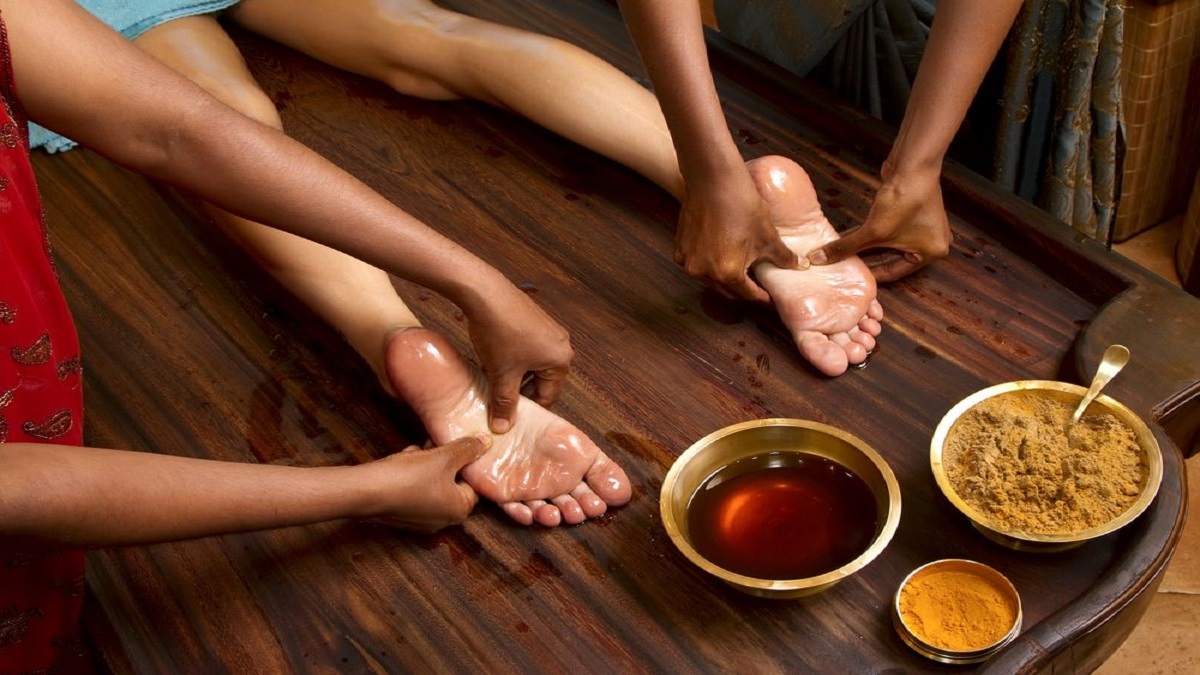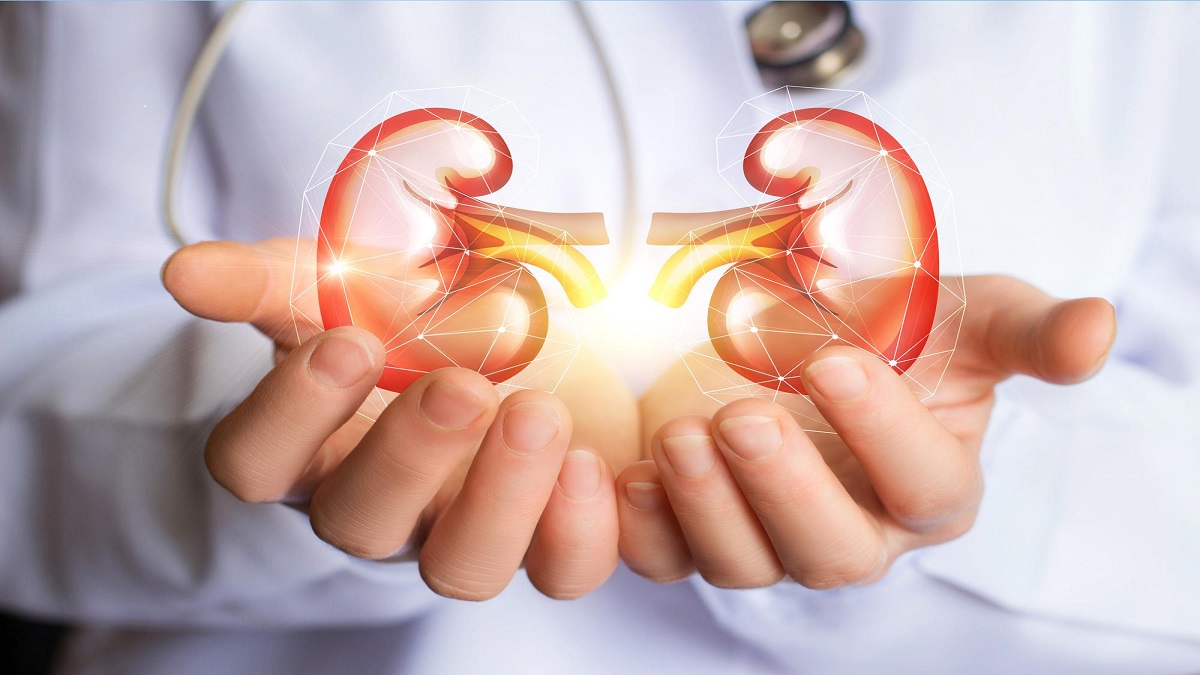Blog

7 Foods for a Flat Tummy
Belly fat is most irritating of all body fat since its very hard to lose them. Implementing these seven tummy tamers in your daily diet will help removing the stubborn body fat around your waistline – 1. Oatmeal Water Oats, one of the best fat burning foods around will optimize your body for getting rid of unwanted belly fat when you eat them first thing in the morning. Preferably cooked in water not using milk will make it much more potent. 2. Green Vegetables Leafy greens are one of the very best fat burning foods. Eating a fresh salad packed with leafy greens either before or with your meal is recommended. 3. Olive Oil Healthy mono-saturated fats found in olive oil can help in burning calories and excess fat. Including Olive oil in your daily diet will also help in lowering the levels of cholesterol in the body. 4. Berries If you are looking to lose belly fat, berries are must because of its ideal combination of fibre and antioxidants. The superfood is extremely rich in fiber that helps in flushing out the toxins from the body. 5. Green tea Green tea is a powerful metabolism simulator: Drinking it frequently can help to accelerate weight loss. 6. Asparagus Being a healthy source of soluble and insoluble fiber, Asparagus helps maintain a healthy balance in the digestive system. To reduce belly bloat, eat steamed asparagus a few times a week. 7. Almonds This superfood is packed with belly busting power. It helps build muscle, reduce cravings, and make a most convenient snack. Avoid salted almonds. Instead, nibble on raw almonds! Incorporating these super foods along with a daily routine of physical exercise will help you lose inches off your waist and have a perfect flat stomach.




The Proper Way to Massage Your Head & Feet
Many powerful energy points that connect to the brain and the rest of the body can be found in the head and the feet. Massaging your head and foot before you go to bed each day can be great for invoking relaxation and restoring the body’s balance. It ensures a calm and restful sleep each night, helping you wake up in the morning with renewed vigour, fully alert and well-rested. Head Massage The head is one of the most significant parts of the body. It comprises eight vital openings,namely- eyes, ears, nose,mouth and the crown of the head. It also encompasses a multitude of vitale energy points linking up to the brain and the mind. Technique Heat oil up to a warm and comfortable temperature Take a tablespoon of oil and pour it onto the crown of the head. Massage oil onto either side Bend your head forward and pour oil along the back of your head where the hairline ends. Spread oil over the back of your head and massage it onto your neck and shoulders With gentle yet firm pressure, massage the entirety of your head in small circular motions. (Make sure that you massage with the tips of your fingers, not your nails) Leave it on for at least twenty minutes and cover your head to protect it from air and cold drafts. The following are the few benefits of a good head massage Benefits Offers Deep Relaxation Releases Tension and Relieves Stress Strengthens Memory and Cognition Nourishes the hair,providing a lustrous shine Strengthens the nervous system Balances brain chemistry and the body’s hormones Foot Massage Your foot is yet another part of your body that contains many energy points linked to different parts of the body. A foot massage is a great way to find daily relief and show your appreciation to this very deserving part of your body. Technique Place a towel beneath your feet Pour a small amount of oil onto your palms and spread it over the top and bottom of your feet as well as your ankles and toes Massage the sole of your foot, in firm strokes using circular motions. Start with your big toe, simultaneously holding the base of your toenail and the underside of your toe with forefinger and thumb respectively. Massage from the base of each toe to the tip. Massage the length of the top of your foot. Make sure to press into the crevices between the bones Benefits Improves quality of sleep by instilling a deep sense of relaxation Stimulates all organs and bodily tissues Instills a sense of stability Relieves anxiety and tension Improves circulation to the lower half of the body Strengthens feet Offers relief from coarseness, fatigue and stiffness




How to Practice Nadi Shodhana Pranayama
A breathing exercise that calms and refreshes your mind, while also helping you stay focused, Nadi Shodhana Pranayama is widely practiced in Ayurveda. The Sanskrit word “Nadi” means channel and “shodhana” means cleansing. In other words, Nadi shodhana pranayama aims at cleansing and purifying the various channels of the body. It can be practiced by just about anyone and is best practiced early in the morning. The Technique Seat yourself in a comfortable position. Straighten your spine and gently close your eyes. Start by taking a few deep breaths. Fold the tips of your index and middle fingers inward to your palm. Elevate your elbow so that your arm makes a right angle with your body, close your right nostril with your right thumb as you inhale through the left nostril. Breath deeply, bringing it down the spine and into your belly and pelvis areas. As you release the right nostril, gently close the left nostril with your right ring and pinky fingers. Now exhale through your right nostril, releasing the breath from the belly, up the spine, and through the nostril. Pause gently at the end of each exhalation. Once again inhale through the right nostril while keeping the left nostril closed, deeply drawing breath down your spine and into your belly and pelvis. Release the left nostril and block the right nostril with your right thumb. Release the breath out through the left nostril. Release your left nostril and block your right nostril with the right thumb. Exhale through the left nostril. You have now completed one round of nadi shodhana, Repeat the same pattern again for an additional round. Make sure that your breathing remains slow, gentle and fluid throughout the practice. Benefits Practicing Nadi Shodhana Pranayama at least 5-20 minutes a day helps avail the following benefits. Suffuses the body with Oxygen Eliminates toxins from bodily channels Relieves stress and reduces anxiety Calms and rejuvenates the body’s nervous system Maintains Hormonal balance Cleanses the body’s respiratory channels Restores balance to the left and right side of the brain Offers mental clarity and invigorates the senses




10 Superfoods for Healthy Kidneys
What you eat and drink can protect and help slow down chronic kidney diseases. Here are 10 superfoods that are good for your kidney health – 1. Cauliflower This cruciferous vegetable brings lots of Vitamin C to your plate, along with folate and fiber and other essential nutrients that are good for your kidney health. 2. Olive oil Olive oil is rich in a component called oleic acid that protects against oxidation. They are also rich in polyphenols and other antioxidant compounds that prevent inflammation and oxidation making it a Kidney friendly super food. 3. Cranberries These tangy, tasty berries are known to protect against bladder infections by preventing bacteria from sticking to the bladder wall. 4. Apple The famous phrase, “An apple a day keeps the doctor away” works! High in fiber and anti-inflammatory properties, apples help reduce cholesterol, prevent constipation, protect against heart disease and keeps your kidneys in good health. 5. Fish It provides high-quality protein and contains anti-inflammatory fats called omega-3s. Fish comprises of healthy fats that can help fight diseases such as heart disease and cancer. They also help lower LDL (the bad cholesterol) and raise HDL (the good cholesterol). 6. Onion Low in potassium, onions are kidney-friendly! The superfood contains chromium, a mineral that assists your body with the metabolism of fats, proteins and carbohydrates. 7. Blueberries These tasty berries get their blue colour from antioxidant compounds called anthocyanidins. Also, the superfoodgets high marks for nutrition, thanks to natural compounds that reduce inflammation and lots of Vitamin C and fiber. 8. Garlic It is good for reducing inflammation and lowering cholesterol making it a perfect superfood for those suffering from Chronic kidney diseases. It also has antioxidant and anti-clotting properties. 9. Cabbage It is a great addition to your eating plan, because it’s high in Vitamins K and C, high in fiber and a good source of Vitamin B6 and folic acid, yet it’s low in potassium, making it kidney-friendly. 10. Strawberries It is rich in two types of antioxidants, plus they contain lots of vitamin C, manganese and fiber that are good for the kidney health.




What is Gout Arthritis?
Gout arthritis refers to a form of arthritis triggered by deposits of uric acid crystals (a waste product that is normally excreted through urine) in the body – Excess uric acid settles in joints, tendons and surrounding tissues, causing inflammation, pain and swelling. While the other types of arthritis develop slowly, an attack of gout happens suddenly and often overnight. The joint at the base of the big toe is the most commonly affected, but it can also affect the feet, ankles, knees, wrists, fingers and elbows. Severe gout can sometimes affect many joints at once too. Risk Factors 1. Diet – The diet we have can play a role in the formation of gout arthritis. Having a diet rich in meat and high- purine food, such as seafood, and certain protein rich food can cause increase of uric acid in blood. 2. Dehydration – Quick loss of water from the body and the situation of not replenishing it will result in the building up of uric acid content in the blood, as they are removed from the body mostly through urine. 3. Obesity – The more weight you have, the more likely is the chance to develop gout arthritis, especially in the knee. 4. Trauma – Gout arthritis have an increased chance to be developed after an injury or a surgery. 5. Health Problems – Kidney problems or problems related to metabolism can increase the risk of developing gout arthritis, as uric acid won’t be flushed out from the body. 6. Drug Treatments – Medicines known as diuretics, or water tablets, usually used to treat high blood pressure, heart failure etc. can increase the probability of developing gout arthritis. 7. Too much Alcohol – Alcohol is a strong risk factor for Gout as it can raise the uric acid levels in the blood stream. Symptoms Gout arthritis develops quickly, often within 12-24 hours. The symptoms of this condition include: • Severe pain, swelling and tenderness in the affected joint • Skin over the joint may feel hot, tight and look red. • Loss of appetite • Limited movement of the affected joint • Fever • Nausea Diagnosis Gout arthritis may mostly mimic the conditions of some joint infections. To make an accurate diagnosis, the doctor will closely examine the affected joint and take the full medical history. Blood tests can be used to determine whether there is an excessive amount of uric acid in it. Synovial fluid from the affected joint will also be taken to check the presence of uric acid crystals in it. X-rays can also be used to check for joint damage. The pain of gout arthritis often may last for a week, but if consulted with a doctor in time, the pain can be eased quickly and further problems can be kept at bay.




6 Superfoods for Diabetes
Diabetes is a common condition arising out of lifestyle factors. Following a healthy diet can prevent and control the condition. Here are 6 foods which benefits in controlling blood sugar levels – 1. Beans Packed with protein and soluble fiber, beans helps you feel full and in regulating better blood sugar level. Consuming beans also helps lower blood pressure and cholesterol. Try using beans as your main protein source a couple of times a week, plain in salads, or in soups for optimum health. 2. Oats Oats is a super food that contains high amounts of magnesium, which helps the body use glucose and secrete insulin properly. It is also packed with soluble fiber that helps in carbohydrate breakdown and metabolism, thereby letting your blood sugar levels stay stable. Kick start a day with a bowl of oatmeal for good health. 3. Apples A super fruit with many health benefits, apples help battle diabetes. Naturally low in calories, and glycemic index, apples also have a rich fibre content that fights bad cholesterol and checks blood sugar swings. 4. Turmeric Containing a compound curcumin, Turmeric, a primary ingredient in our dishes, helps regulate fat metabolism in the body and blood sugar. It acts on fat cells, pancreatic cells, kidney cells, thereby reversing insulin resistance and reducing high blood sugar and high cholesterol. 5. Broccoli A good source of fibre, low in calories and compounds that help prevent damage caused to the blood vessels by diabetes, broccoli is a perfect companion for fighting diabetes. 6. Flaxseed A good source of fiber and alpha-linolenic acid, which your body converts to omega-3, flaxseed is another popular food known to lower blood sugar and cholesterol. Including them in oatmeal is a good way to have flaxseed daily.

